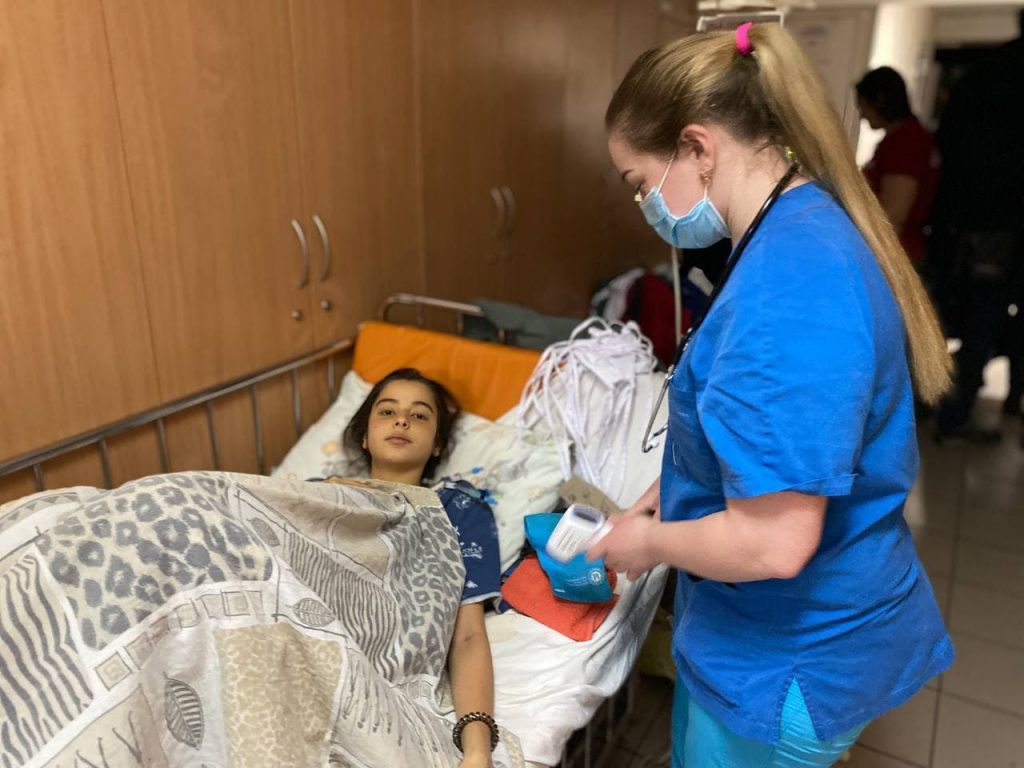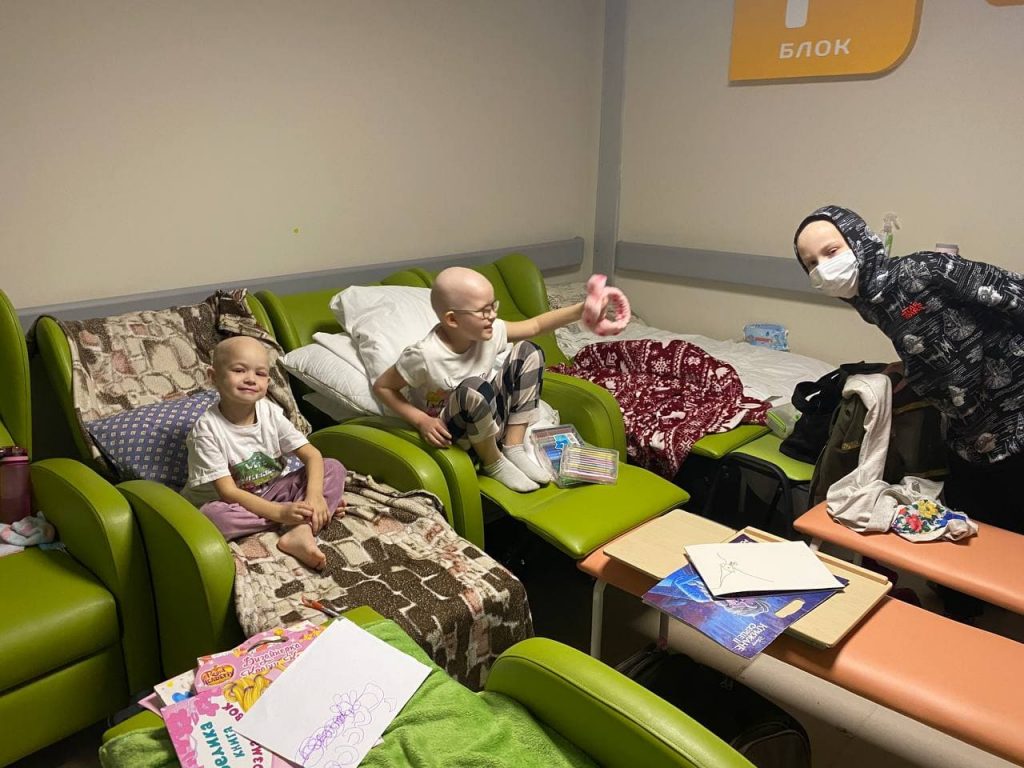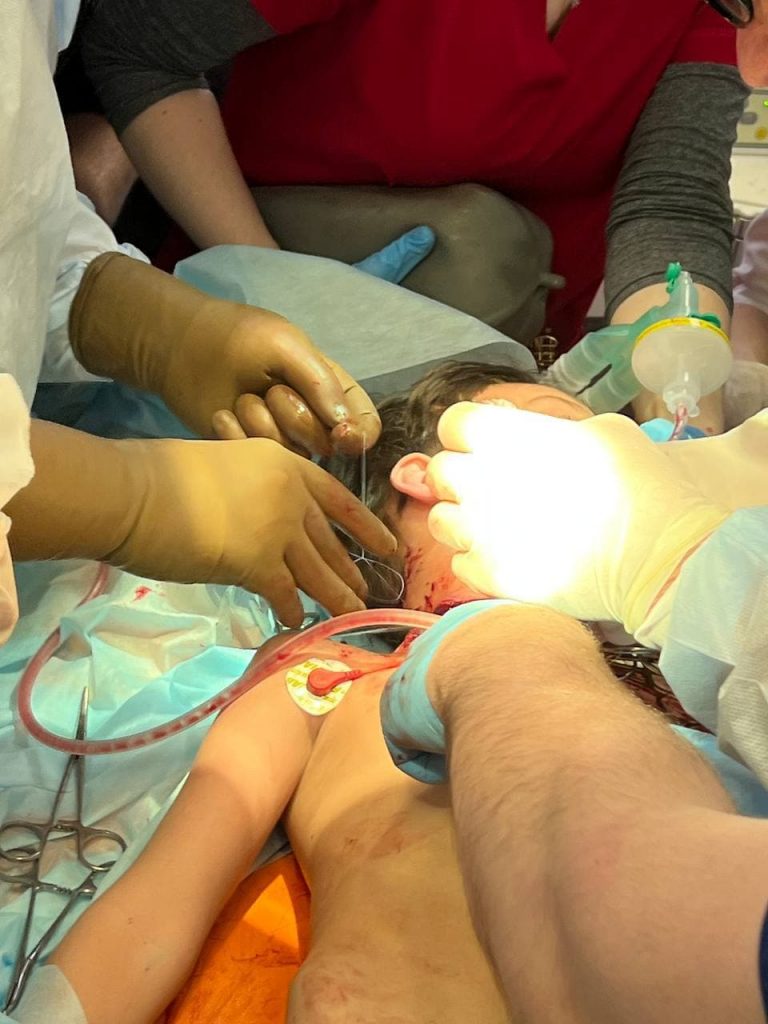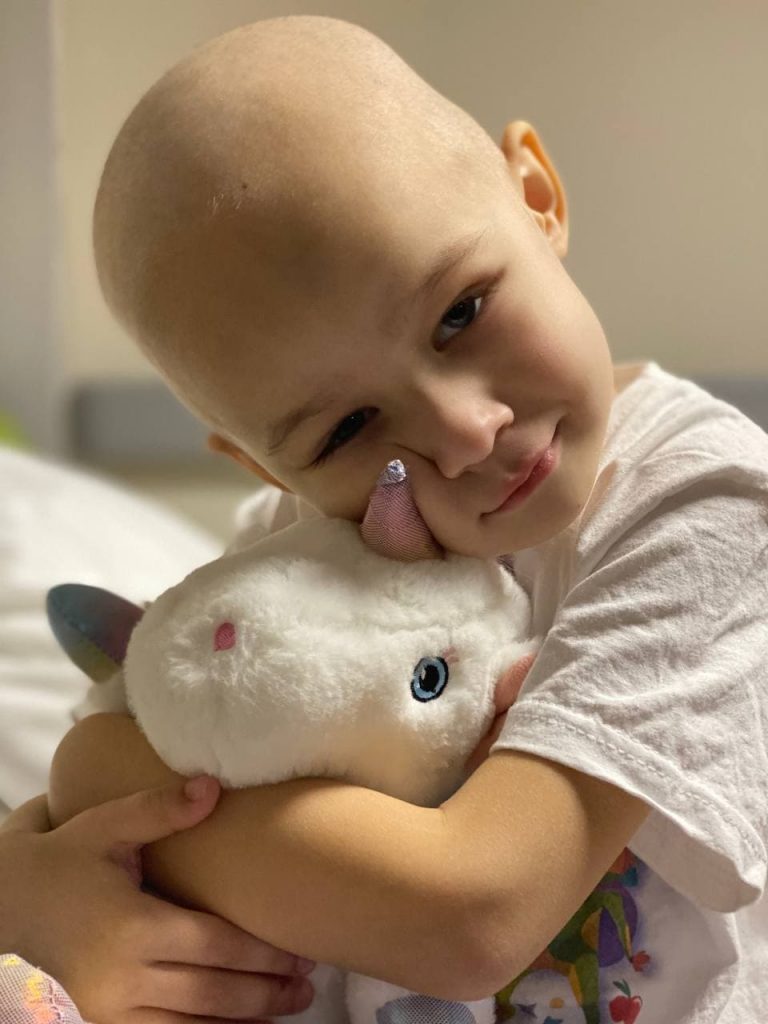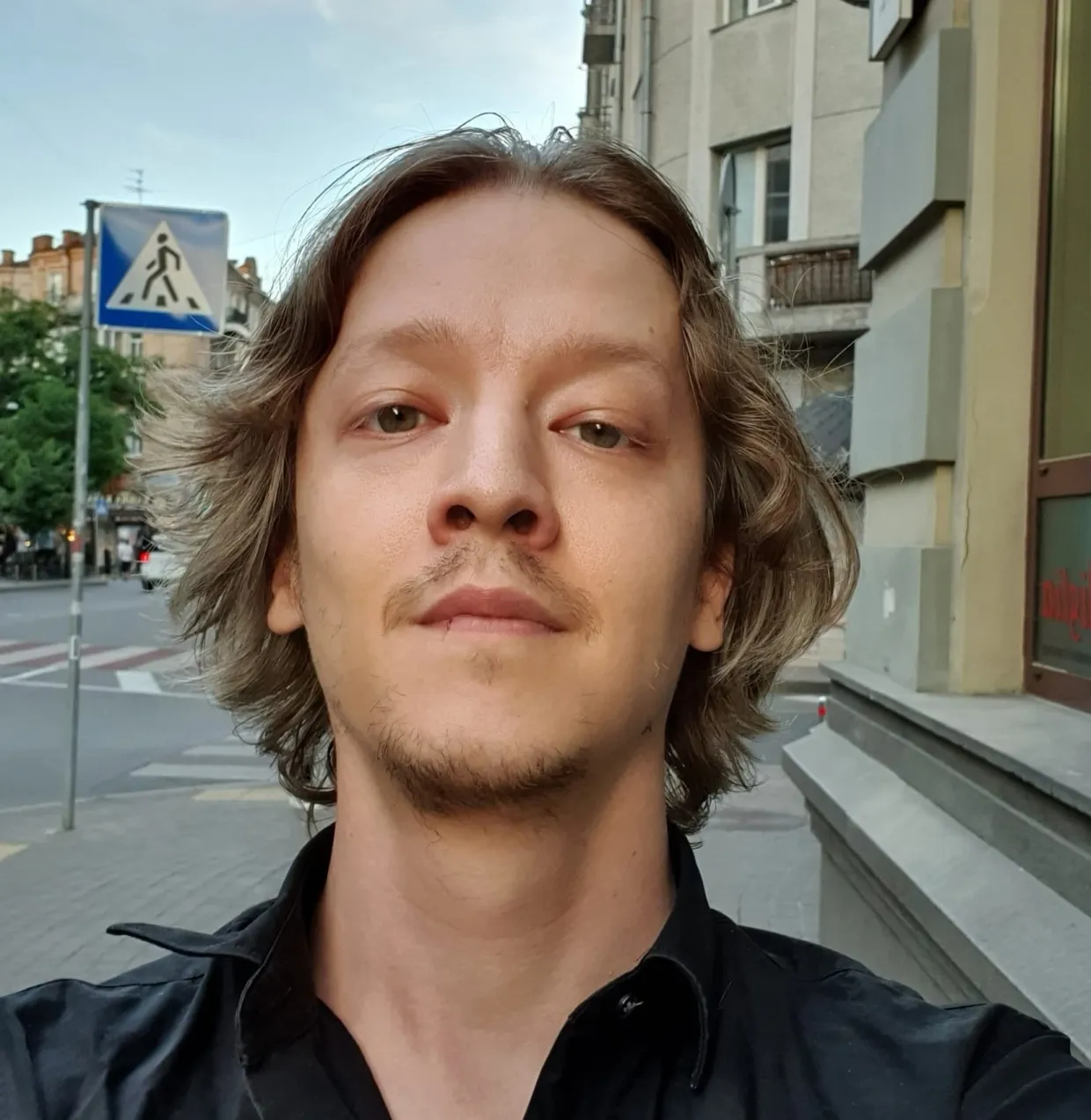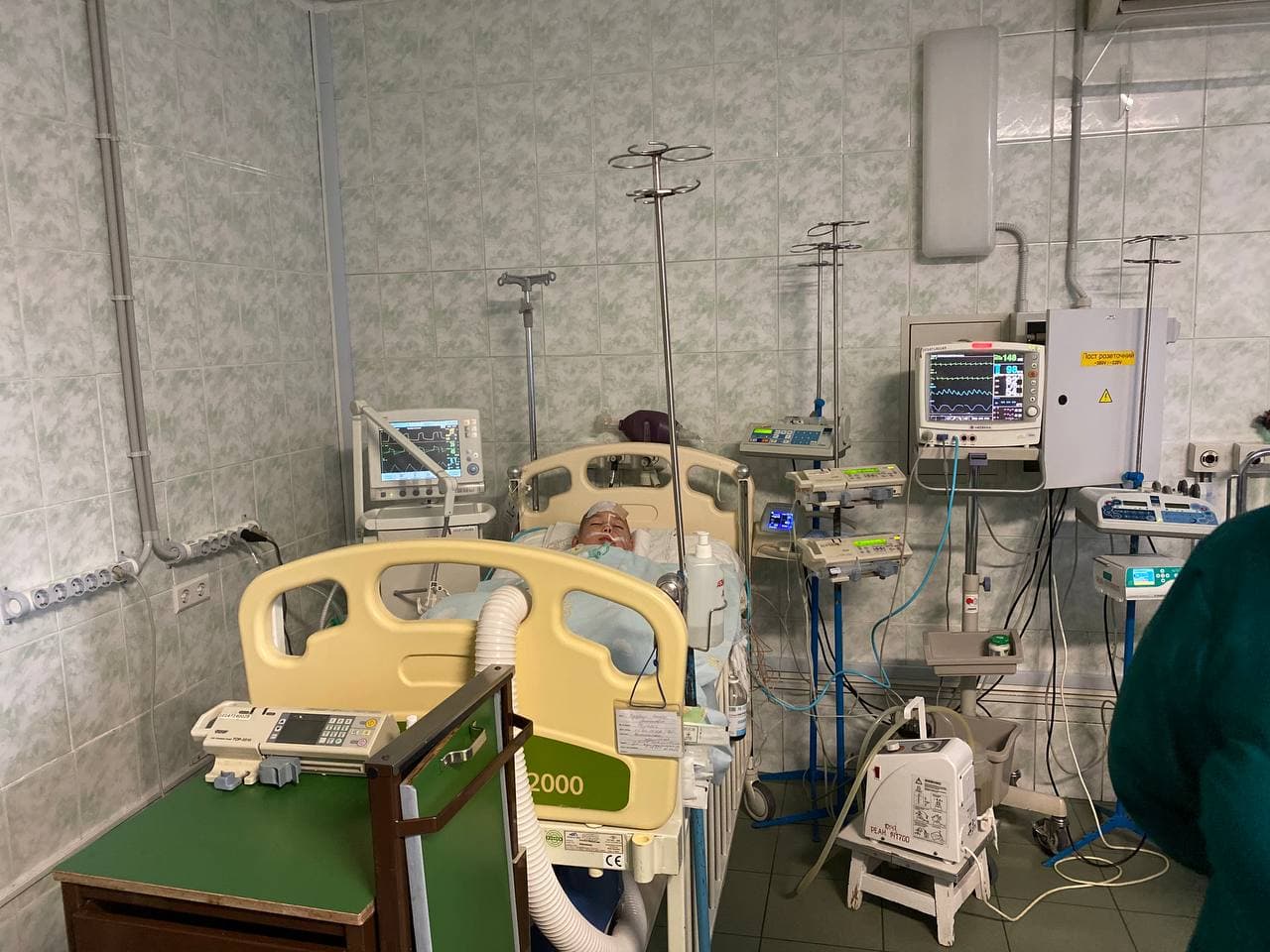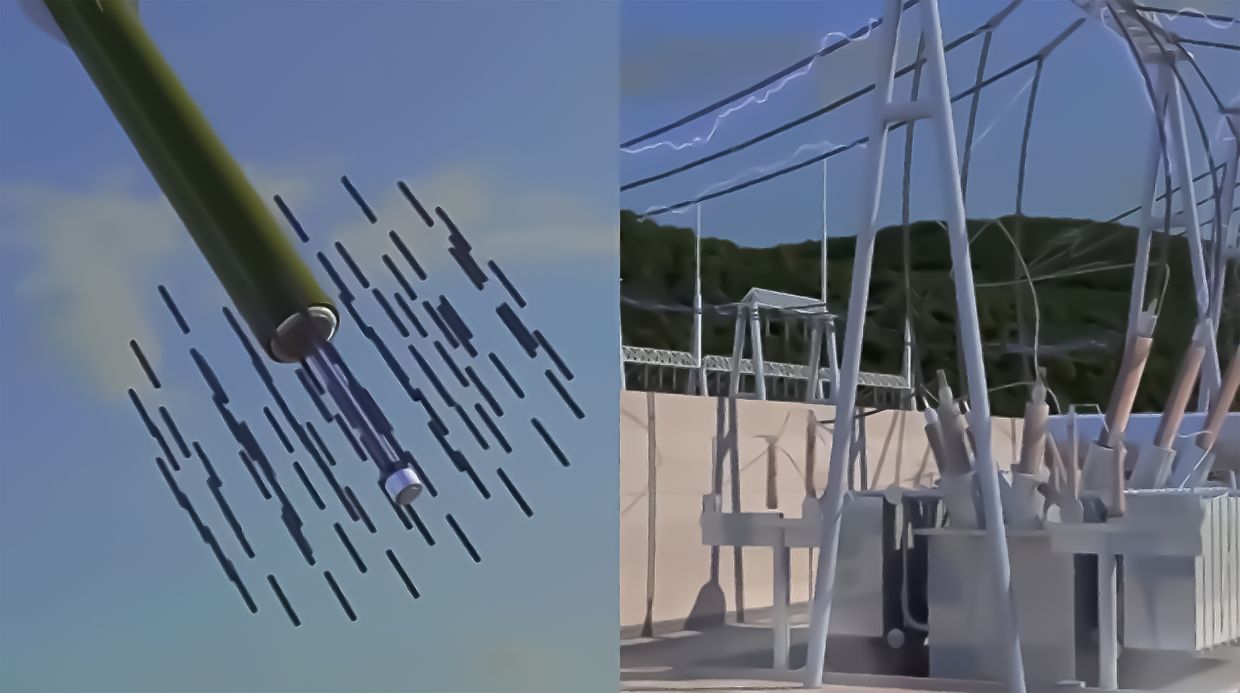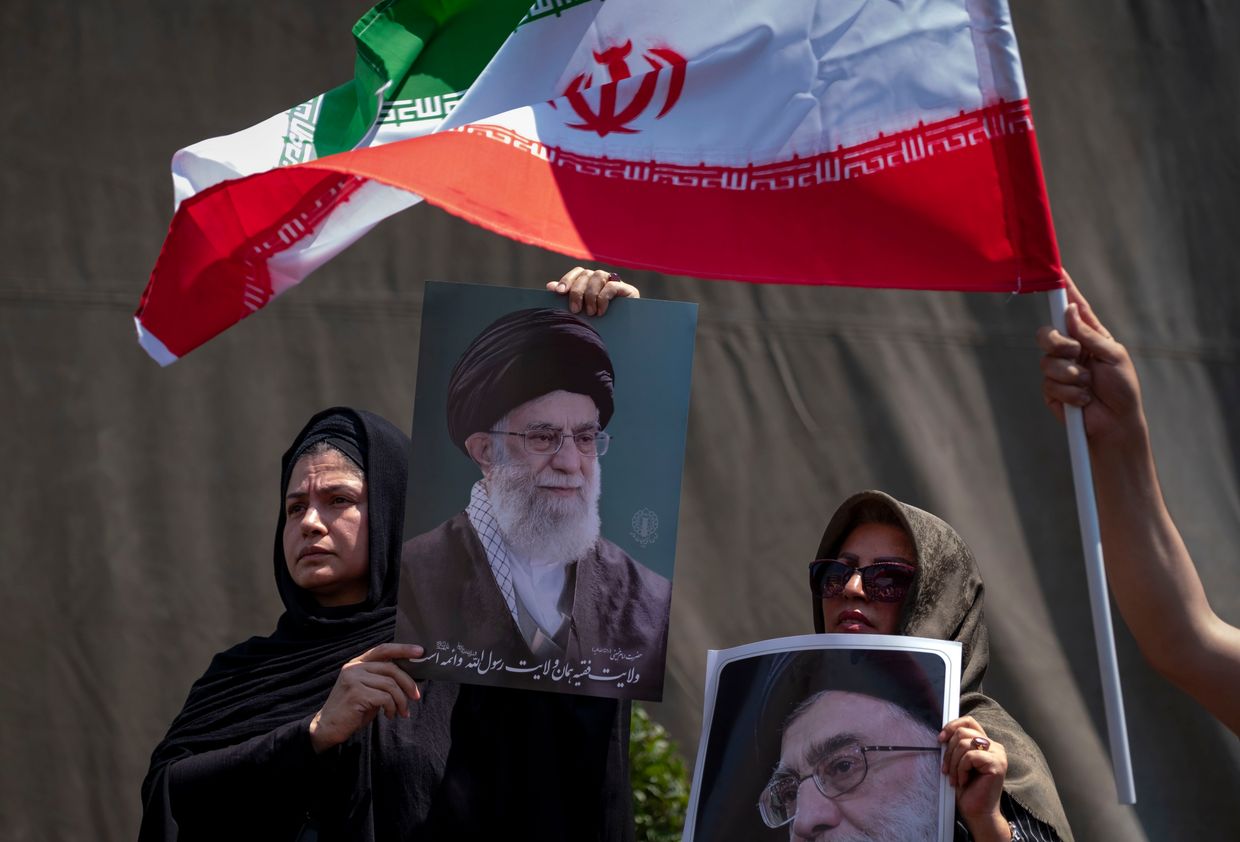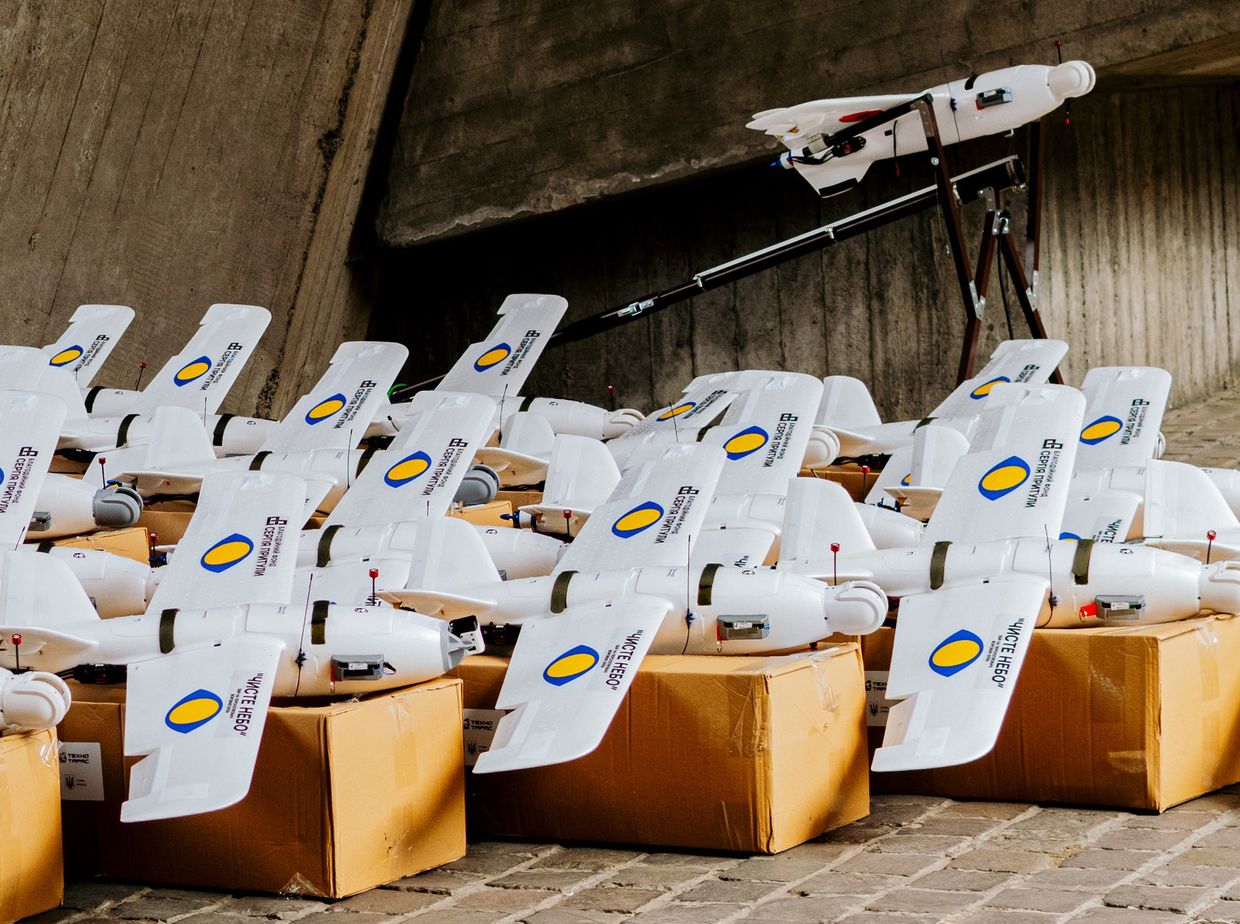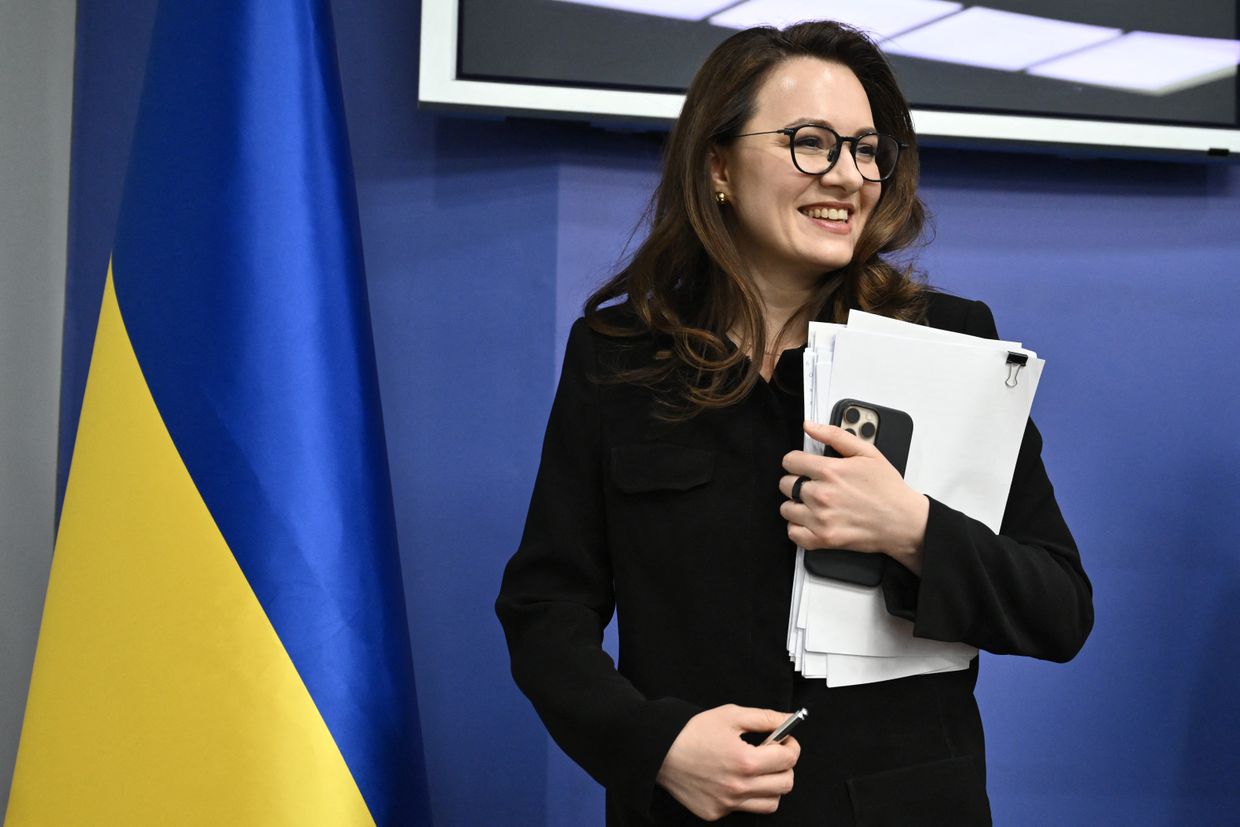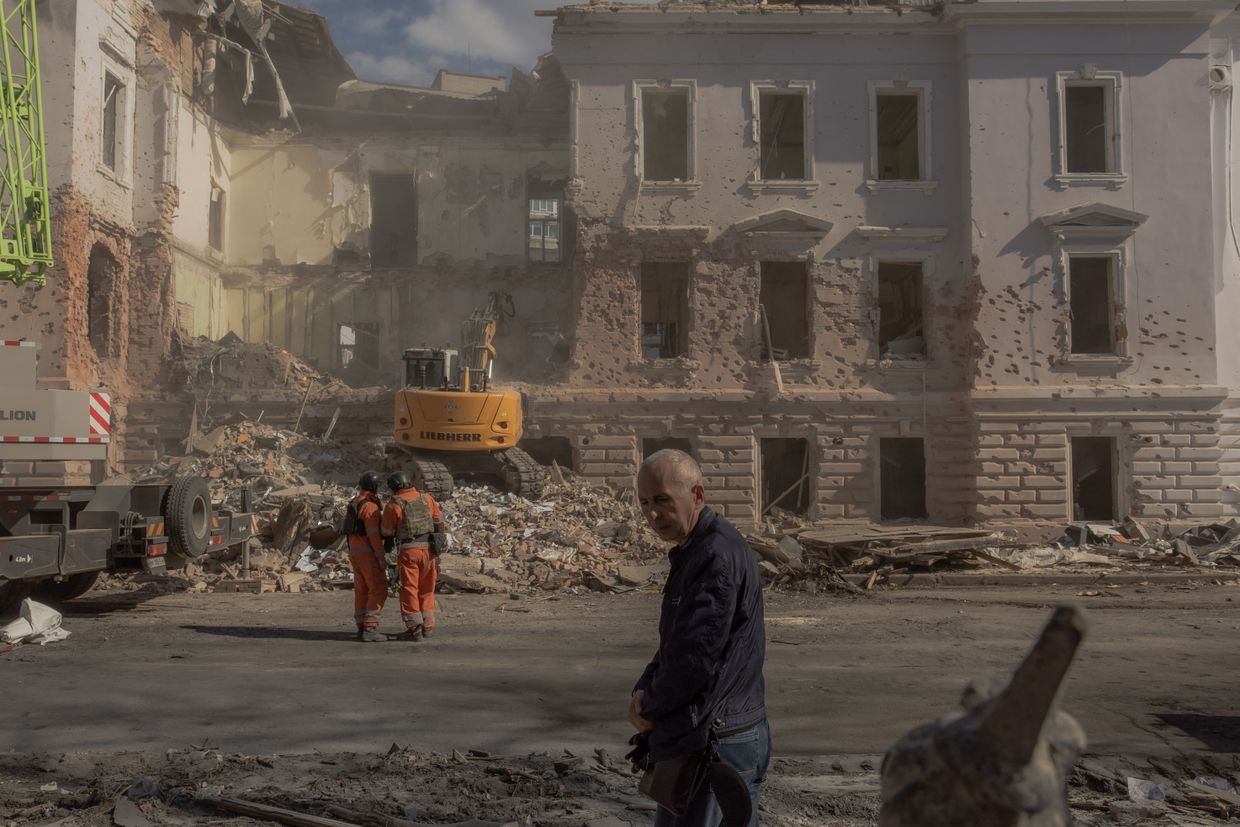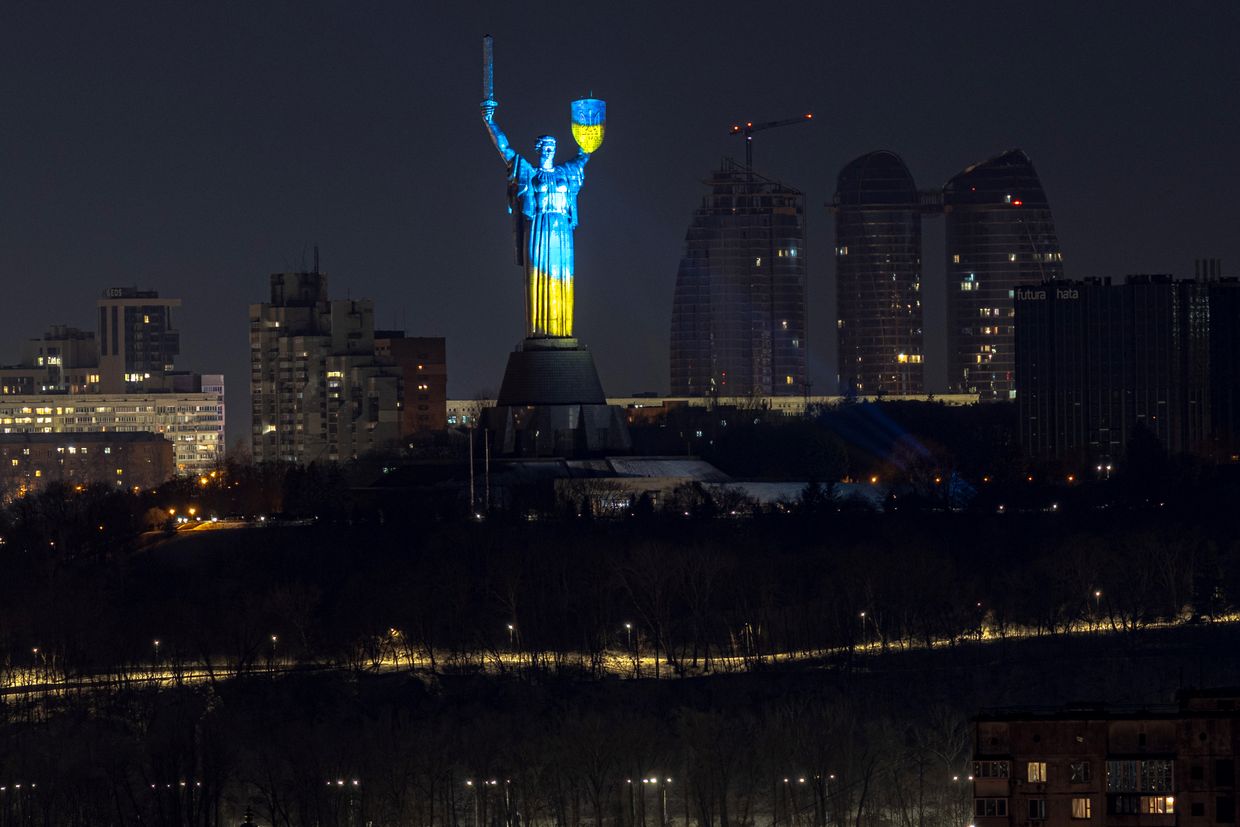When surgeon Oleh Godik woke up on Feb. 24, he knew that life had changed fundamentally.
A day later, when he had to operate on a boy who'd been critically wounded in the neck by shrapnel from Russian forces, he knew he had been right. Despite his best attempts to save the boy, the wound was too severe. The child died not long after.
Godik works at Ohmatdyt, Ukraine’s biggest children’s hospital, whose name is an acronym for Ohrana Materynstva y Dytynstva (Protection of Motherhood and Childhood.)
“After we finished operating, we understood that this is not war but terrorism,” Godik said in a March 8 interview, in the hospital’s new surgery center, securely on the ground floor in its sturdiest building. “The Russian soldiers were shooting the civilian population even then – (the child’s) entire family was shot and killed.”
Since the first day of Russia’s invasion, this prestigious and storied institution was forced to grapple with the challenge of defending its hundreds of patients not just from cancer and other serious ailments but from the bullets and missiles outside.
In the opening days of the war, firefights between Ukrainian forces and Russian advance reconnaissance teams took place near the hospital’s walls. Several rounds struck the original surgery center, breaking windows. While the Russian saboteurs were swept from the city, the hospital is still in danger. A few days ago, a Russian cruise missile was destroyed by Kyiv’s air defenses just overhead.
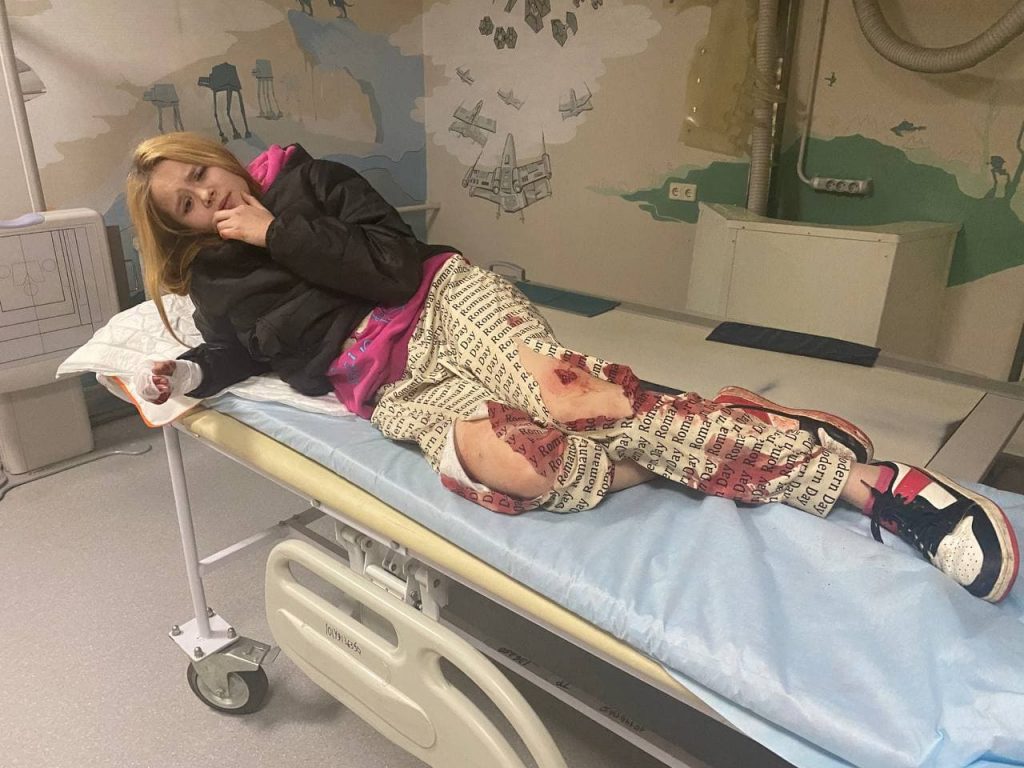
The Kyiv-based hospital’s hundreds of staffers scrambled to rearrange the interior to ensure the safety of the staff and their patients. As Russian forces pushed towards Kyiv, Ohmatdyt began to evacuate patients to the relative safety of western Ukraine or to other countries.
By March 8, the hospital evacuated all the patients it could, Godik said. There are a few critical patients that cannot be moved and remain in Ohmatdyt’s care.
The Kyiv Independent watched one of the last of the evacuation buses, plastered with handwritten signs saying “Children,” fill up with patients, their family members and several staffers on March 8, amid heavy flurries of snow. A doctor and a spokesperson embraced tightly at the hospital entrance as they said goodbye.
The remainder of the staff, about 300 people, has hunkered down, many moving in to live in the hospital full-time. When the war began, they’d set up an underground bomb shelter and a secure surgery ward and prepared themselves to receive children and adults wounded by Russian forces, who have been blasting civilians every day since the invasion began.
They hadn’t had to wait long for the casualties to arrive.
"When a Russian tank column goes in (to a populated area), it shoots left and right at the residential houses," pediatric surgeon and professor Anatoliy Levitskiy told the Kyiv Independent.
"A mother is killed, a grandmother's legs are torn off,” he said. “A father brings in a child – the father has a light wound."
The little girl he was talking about also got off relatively easily – the flesh on the bottom of her foot was stripped away by Russian fire – the hospital closed the wound on March 8, using the latest in modern equipment.
That’s just one example. Ever since the first boy was brought in on Feb. 25 – and died – the hospital has treated over 15 serious casualties, half of them children. Many suffered wounds to their extremities or worse.
The hospital also treated many other casualties, whose injuries were less serious and are now able to recover relatively quickly.
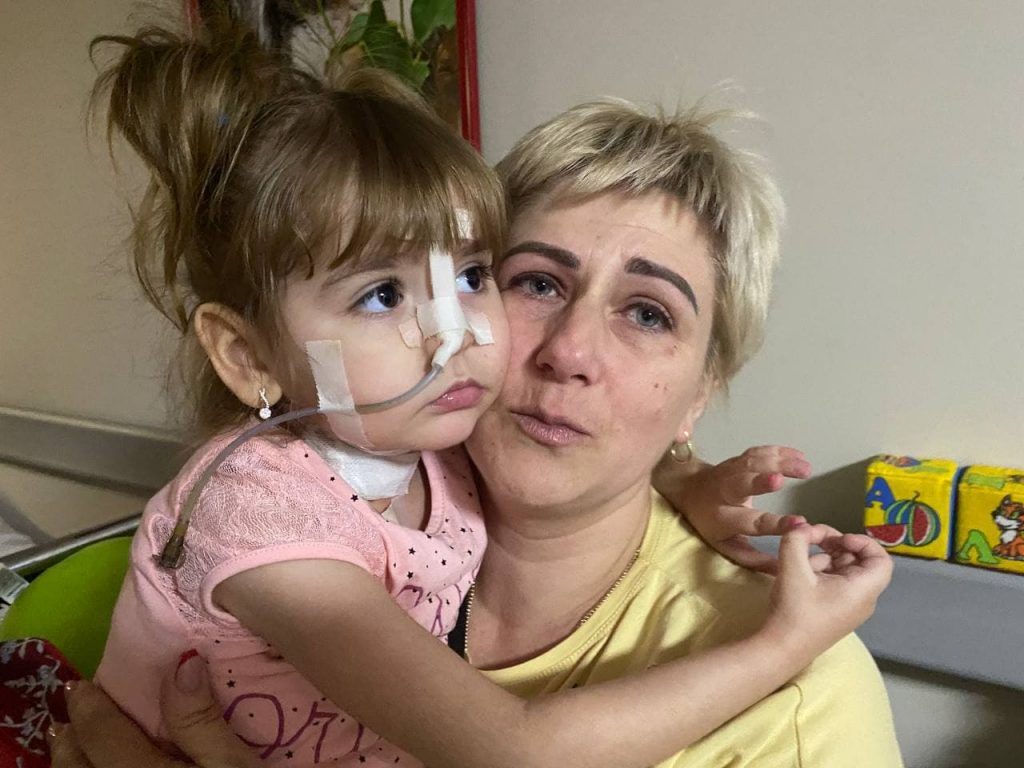
In the first few days, there were more people with bullet wounds. Later on, as Russia’s blitz failed and it reverted to its doctrinal terror tactics of shelling civilians, more people were brought in with fragmentation wounds, largely from mortars, Levitskiy said.
In a March 5 interview with the Current Time news outlet, Ohmatdyt director Volodymyr Zhovnyr described treating an 11-year-old who had been hit by a mortar fragment in the jaw. The child’s family members also took wounds to the arms and legs in the same incident – Russian forces fired on their location as they tried to escape.
The wounds aren’t just physical. Lidiia Dmytrashko, the hospital’s press attaché, described the psychological scars of young and adult patients.
“There are children whose mothers were blown up before their eyes,” said Dmytrashko. “Of course there are children who arrived in a horrible psychological state. One boy couldn’t unclench his hands. One girl is drawing pictures for her (late) mother... Some have panic attacks. Everyone’s taking it differently.”
The hospital has a team of psychologists working with every patient, most of whom remain under extreme stress.
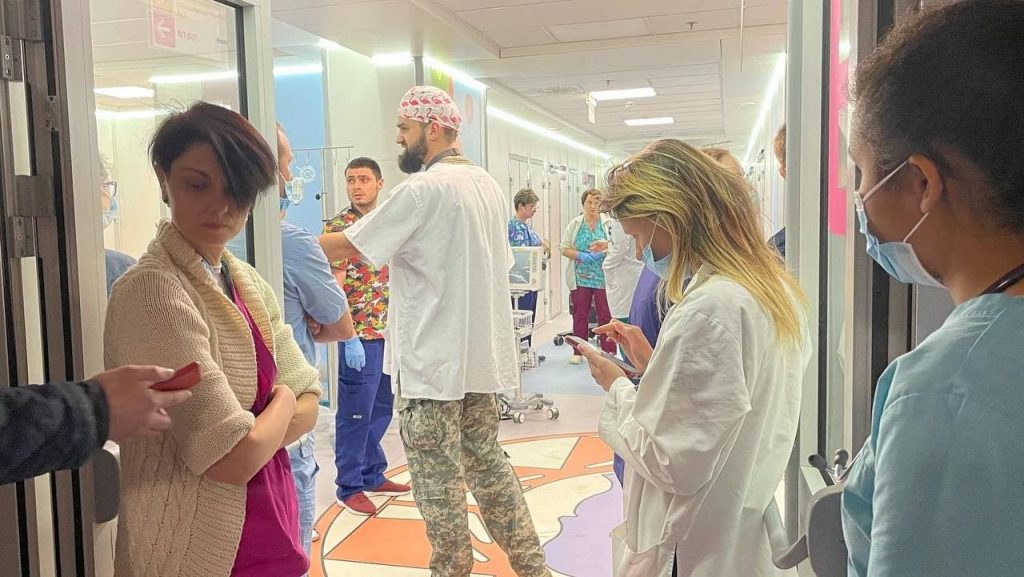
As a surgeon, Godik is able to compartmentalize his stress and set it aside.
“It’s professionalism,” he said. “We know that this is our job.”
“I can quote an old film of the occupiers, ‘The Officers,’” he said. “There was a phrase in it: ‘the profession to defend the homeland.’ I’ve thought about taking an assault rifle to go kill and defend but when I started operating, I decided that my hands are needed more here.”
People who need his hands are largely trickling in from the outskirts of Kyiv, particularly the battlegrounds of Irpin and Bucha, two suburban towns that have been mauled and partly occupied by Russian forces.
According to multiple accounts, Russian forces have indiscriminately fired on civilian targets such as buildings and vehicles, destroying and wounding an unknown number of people with direct-fire guns and indirect-fire shells, mortars and rockets.
The Russians have also blocked a significant portion of the population from leaving, either by turning them away or by firing on their escape routes. On March 6, Russian mortar teams deliberately targeted a refugee evacuation column trying to cross Irpin River into Kyiv by walking across planks under the destroyed bridge.
Multiple journalists saw the Russian mortarmen bracket their shots, walking their fire closer and closer to the fleeing civilians until they killed eight people, including one family – a mother, two children and a family friend.
Those who are blocked in or too afraid to leave Irpin and Bucha have it just as bad. They’ve been disconnected from electricity and many have suffered interruptions to their food and gas supply. Many of them are sick or injured and unable to leave, as supplies dwindle to a critical level.
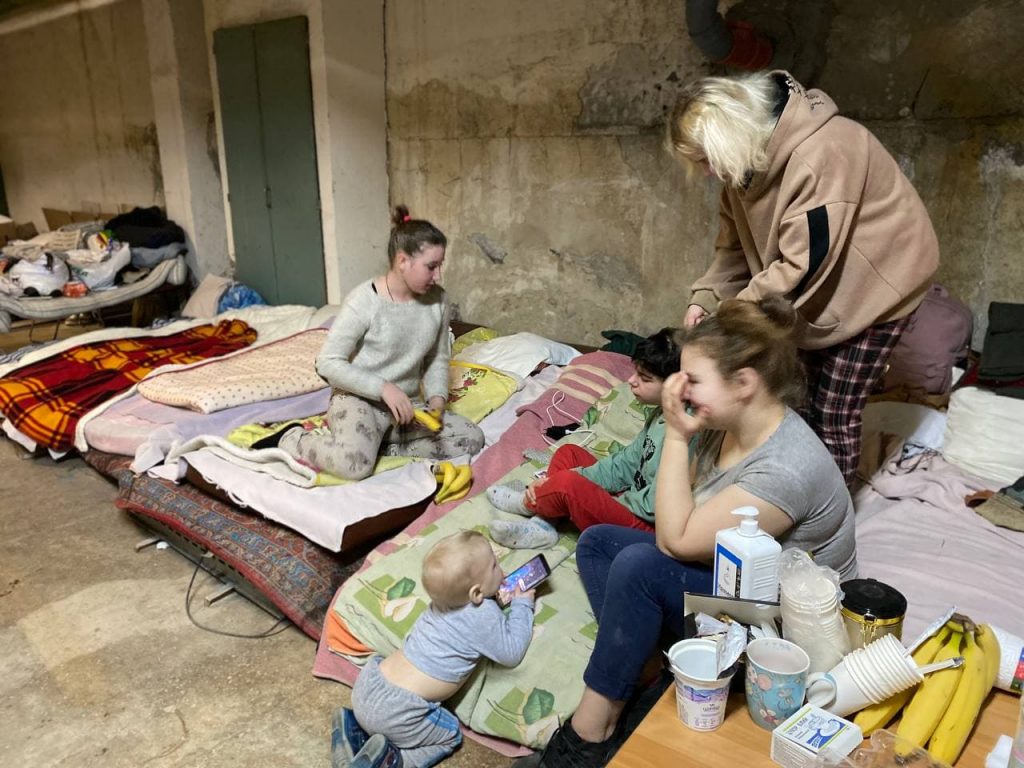
Ombudsman Lyudmyla Denisova had reported on March 6 that two injured children in Bucha died due to their inability to receive medical care. Medic Viktoria Kramarenko, who helps people fleeing from the area, confirmed that the hospitals in Irpin have wounded people and small children, who are blocked from leaving by Russian forces.
Ohmatdyt knows this all too well. While the doctors here live in relative comfort, thanks to Kyiv’s abundant supplies and the tireless work of volunteers, things are much worse outside the city.
“In Irpin, there’s an army hospital with lots of civilians but they can’t evacuate,” said Godik. “Many wounded people from the villages are also there who can’t be transported here.”
The other day, he said, a mother and her young son who managed to escape the area had been brought in to Ohmatdyt. The boy had been wounded in the hip and the mother, who has diabetes, was left devoid of insulin, as they sheltered in a basement for five days. The mother has been placed on life support and her condition has stabilized.
“We’re waiting for the green corridors from Bucha, Irpin and Hostomel, then we’ll expect to get a flow of patients,” he said. “We are focusing our attention on organizing more beds.”
Things are bad north of Kyiv as well. One traumatology colleague is caught in occupied territory, tending to 11 civilian wounded – the only surgeon in the town of Dymer, according to Godik.
“He has no anesthesiologist, nothing,” the surgeon said. “He’s already lost one patient.”
Russian troops in the area are becoming increasingly ferocious by the day, he added, a statement confirmed almost verbatim by the Kyiv Independent’s source in the neighboring village of Kozarovichi.
In spite of these horrors, Ohmatdyt staff is doggedly determined to believe in the best. Colleagues and companies from all over the world, including Israel, the U.S. and Switzerland have offered support – money, equipment and other aid, helping keep up spirits and the faith that Ukrainian victory is coming.
“‘Before the war’ and ‘during the war’ – things have completely changed,” said Levitskiy. “I hope there will be an ‘after the war.’”
